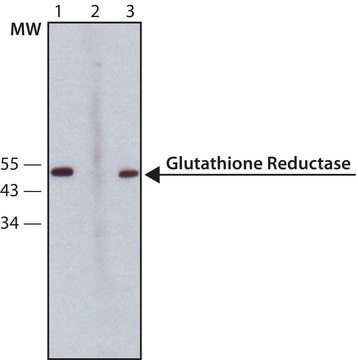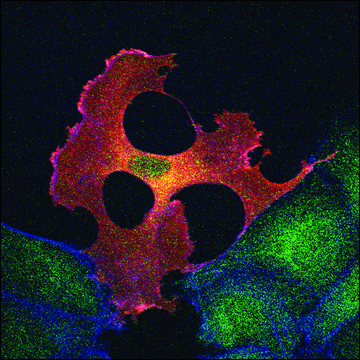C0979
Anti-Catalase antibody ,Mouse monoclonal
clone CAT-505, purified from hybridoma cell culture
Synonym(s):
Anti-CAT
About This Item
Recommended Products
biological source
mouse
Quality Level
conjugate
unconjugated
antibody form
purified from hybridoma cell culture
antibody product type
primary antibodies
clone
CAT-505, monoclonal
form
buffered aqueous solution
mol wt
antigen 60 kDa
species reactivity
human, mouse, bovine, rat
concentration
~2 mg/mL
General description
Immunogen
Application
Western Blotting (5 papers)
- Immunocytochemistry
- Immunohistochemistry
- Indirect ELISA
- Microarray
- Western blotting at a concentration of 0.5-1μg/mL using whole extract of HepG2 cells
- Immunofluorescence
Biochem/physiol Actions
Physical form
Preparation Note
Disclaimer
Not finding the right product?
Try our Product Selector Tool.
Storage Class
12 - Non Combustible Liquids
wgk_germany
nwg
flash_point_f
Not applicable
flash_point_c
Not applicable
Choose from one of the most recent versions:
Already Own This Product?
Find documentation for the products that you have recently purchased in the Document Library.
Our team of scientists has experience in all areas of research including Life Science, Material Science, Chemical Synthesis, Chromatography, Analytical and many others.
Contact Technical Service








